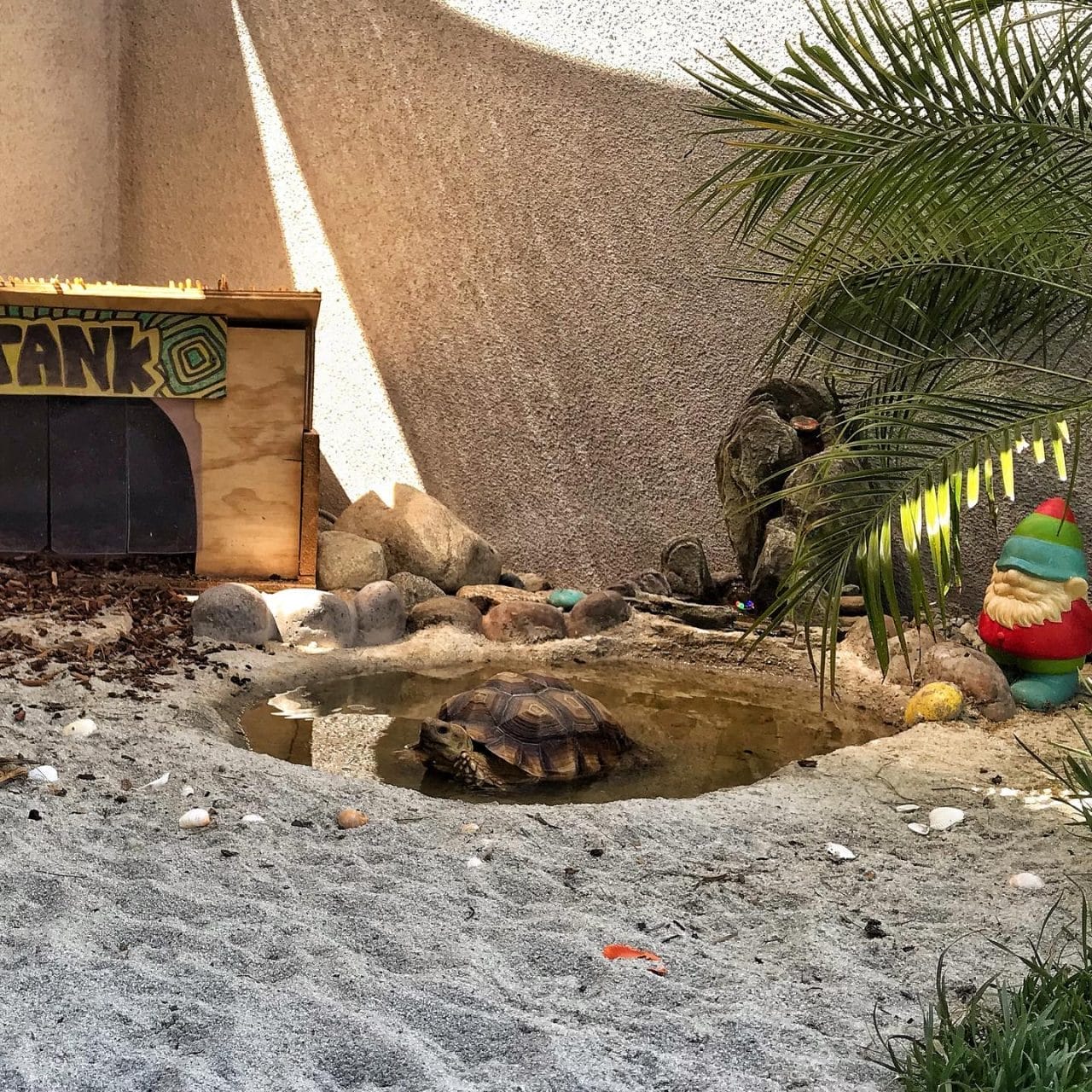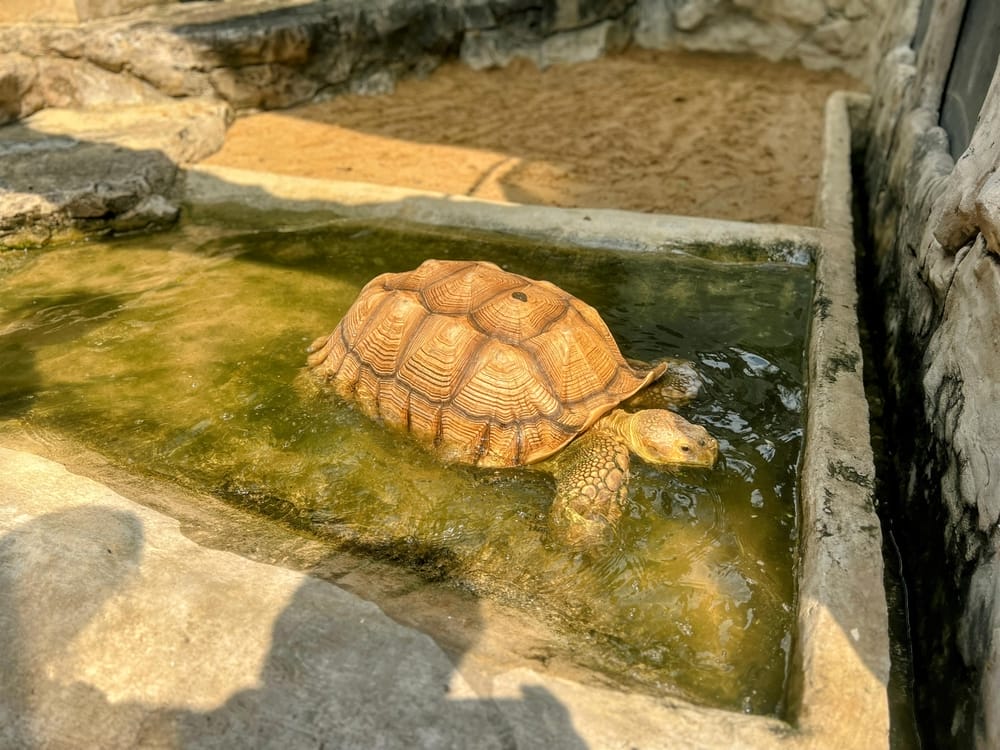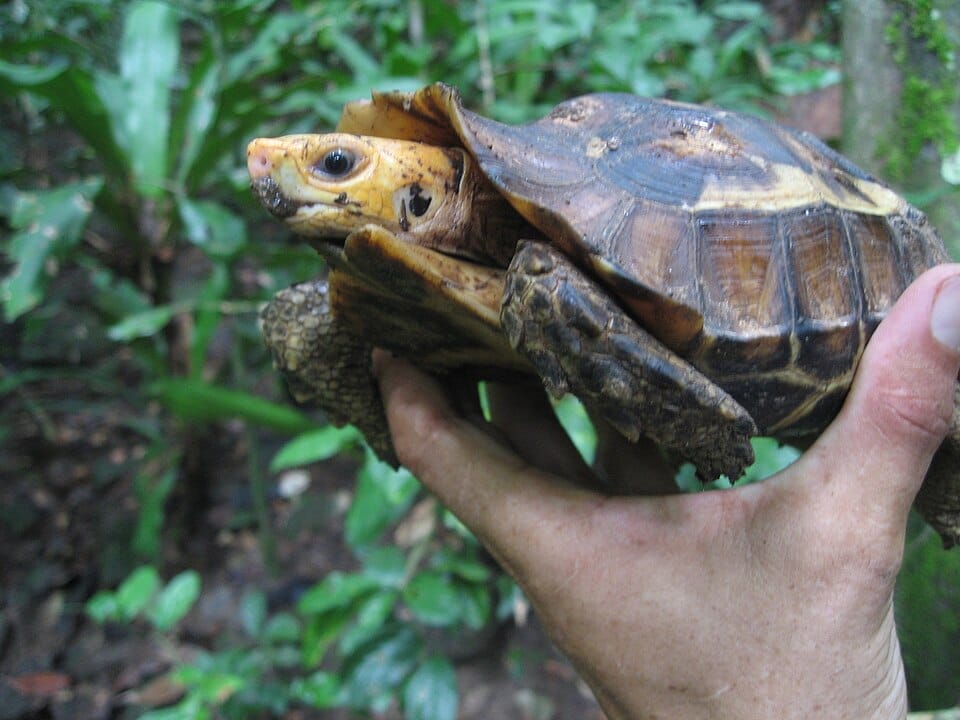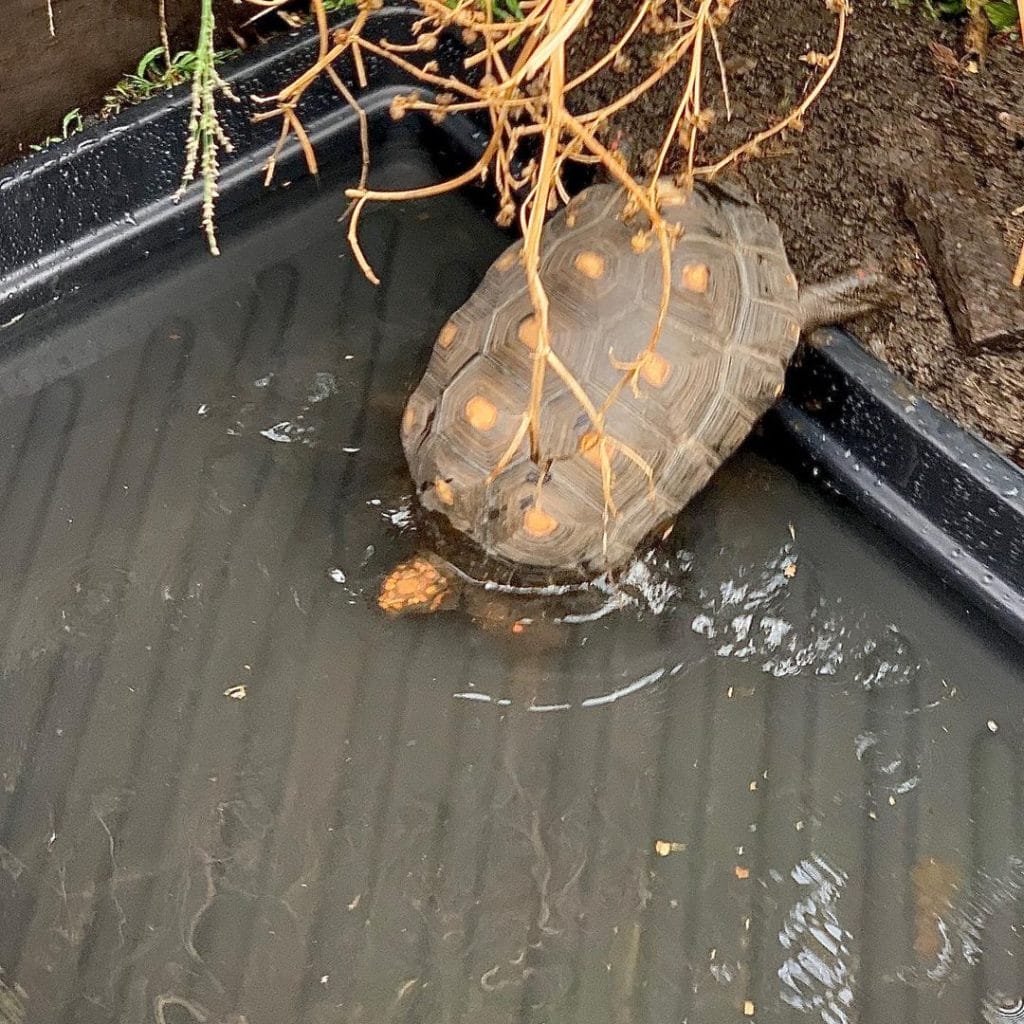Unique Plants That Bring Your Tortoise Habitat to Life

This post was created with help from AI tools and carefully reviewed by a human (Muntaseer Rahman). For more on how we use AI on this site, check out our Editorial Policy.
When I first set up my tortoise’s habitat, I figured a patch of dirt and a water bowl would be enough. He had space, sunlight, and food. What else could he need?
Well, turns out he needed more than that.
The day I added a few interesting plants, everything felt different. The whole space looked alive. My tortoise moved around more, started nibbling on leaves, and just looked happier.
If your tortoise setup feels dull or lifeless, these unique plants might be the simple fix you’ve been missing.

Worried a plant might be toxic? Use our free Tortoise Plant Safety Checker to find out instantly.
Why Plants Matter in a Tortoise Habitat?
Plants do more than just make the habitat look pretty. They help create a space that feels natural and safe for your tortoise.
Some plants offer shade, which helps your tortoise regulate its body temperature. Others give shelter, making the space feel more secure. And if you choose edible plants, they can also be a healthy snack. That means less boredom and more exploring.
In short, plants make the habitat feel like home.

What Makes a Plant “Unique” for Tortoise Habitats?
A plant feels unique in a tortoise habitat when it’s not something you see in every setup but still works great for tortoises.
It could be the look—maybe it has fun textures, unusual shapes, or bright colors that pop. Or maybe it does more than one thing, like giving both shade and food.
What really matters is that it’s safe, fits the climate, and brings something different to the space without needing a ton of care.

This Hilarious Turtle Book Might Know Your Pet Better Than You Do
Let’s be real—most turtle care guides feel like reading a textbook written by a sleep-deprived zookeeper.
This one’s not that.
Told from the snarky point of view of a grumpy, judgmental turtle, 21 Turtle Truths You’ll Never Read in a Care Guide is packed with sarcasm, sass, and surprisingly useful insights.
And hey—you don’t have to commit to the whole thing just yet.
Grab 2 free truths from the ebook and get a taste of what your turtle really thinks about your setup, your food choices, and that weird plastic palm tree.
It’s funny, it’s honest, and if you’ve ever owned a turtle who glares at you like you’re the problem—you’ll feel seen.
7 Unique Plant Picks For Tortoise Habitat
1. Grape Hyacinth
Small and easy to grow, this spring flower adds a burst of purple that feels lively. It’s non-toxic in small amounts and spreads nicely without taking over.
2. Aloe Vera
Not just for sunburns—aloe is a hardy succulent that loves heat and dry soil. It adds texture and interest to any setup. Tortoises usually nibble it lightly, which is fine in small amounts.
3. Ice Plant (Delosperma)
Bright, daisy-like flowers and thick, succulent leaves make this one a stunner. It hugs the ground and loves sunny spots. Safe for tortoises and drought-tolerant.
4. Lamb’s Ear
The soft, fuzzy leaves aren’t just cute. Tortoises love touching and walking over them. It’s low-growing, easy to maintain, and brings a soft look to the space.
5. Dayflower (Commelina)
This fast-spreading plant has small blue flowers and edible leaves high in calcium. It grows fast but stays easy to control. Looks wild in the best way.
6. Plantain Lily (Hosta)
Best for shady pens, this plant gives big, lush leaves that tortoises often snack on. It cools down hot zones and adds a deep green touch.
7. Mallow (Malva)
Tortoises love eating the leaves and flowers, which are full of nutrients. It grows tall and fills space quickly, giving your pen a natural, meadow-like feel.

Placement Tips for Planting in Tortoise Enclosures
Put taller plants near hides or in corners to give shade and a sense of cover. Tortoises like having a spot where they can duck away and feel safe.
Keep edible plants where your tortoise can easily reach them. If you spread them out, it encourages roaming and natural foraging behavior.
Avoid using pots unless they’re super stable. Tortoises love to push things around. Either plant directly in soil or use wide, heavy planters that won’t tip.
Leave some open space too. A crowded enclosure can stress your tortoise. Plants should make the space feel natural, not packed.

Common Mistakes to Avoid
Overwatering the plants
Too much water can turn the enclosure into a soggy mess. Most tortoise-friendly plants prefer dry or well-drained soil.
Using toxic or unknown plants
If you’re not 100% sure it’s safe, skip it. Some common garden plants can be harmful even in small amounts.
Letting fast growers take over
Plants like mint or clover can spread like wildfire. They might look harmless at first but can crowd out everything else.
Forgetting to check the light needs
Not all plants thrive under full sun or shade. Match the plant’s needs with the layout of your enclosure.
Skipping routine trims
Letting plants get too tall or messy can block basking spots and hide pests. A little trimming now and then keeps the habitat clean and healthy.

About Author
Muntaseer Rahman started keeping pet turtles back in 2013. He also owns the largest Turtle & Tortoise Facebook community in Bangladesh. These days he is mostly active on Facebook.











